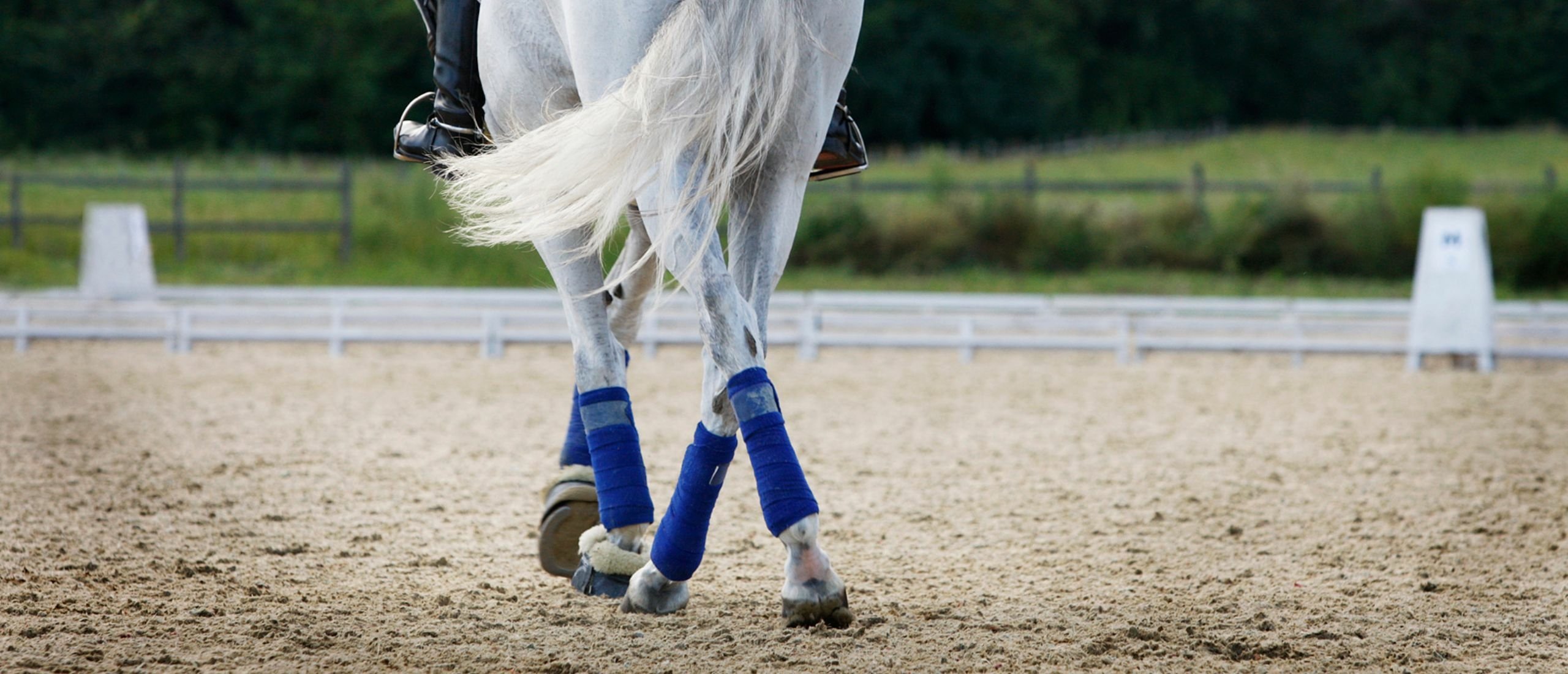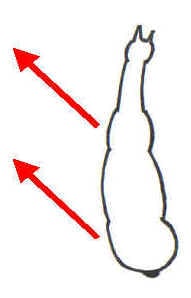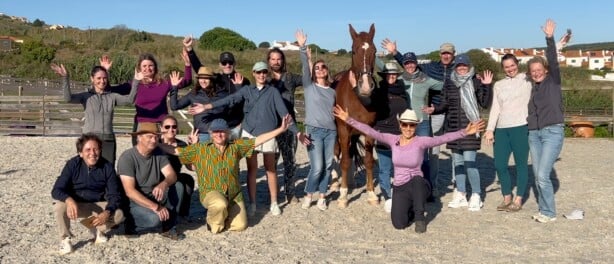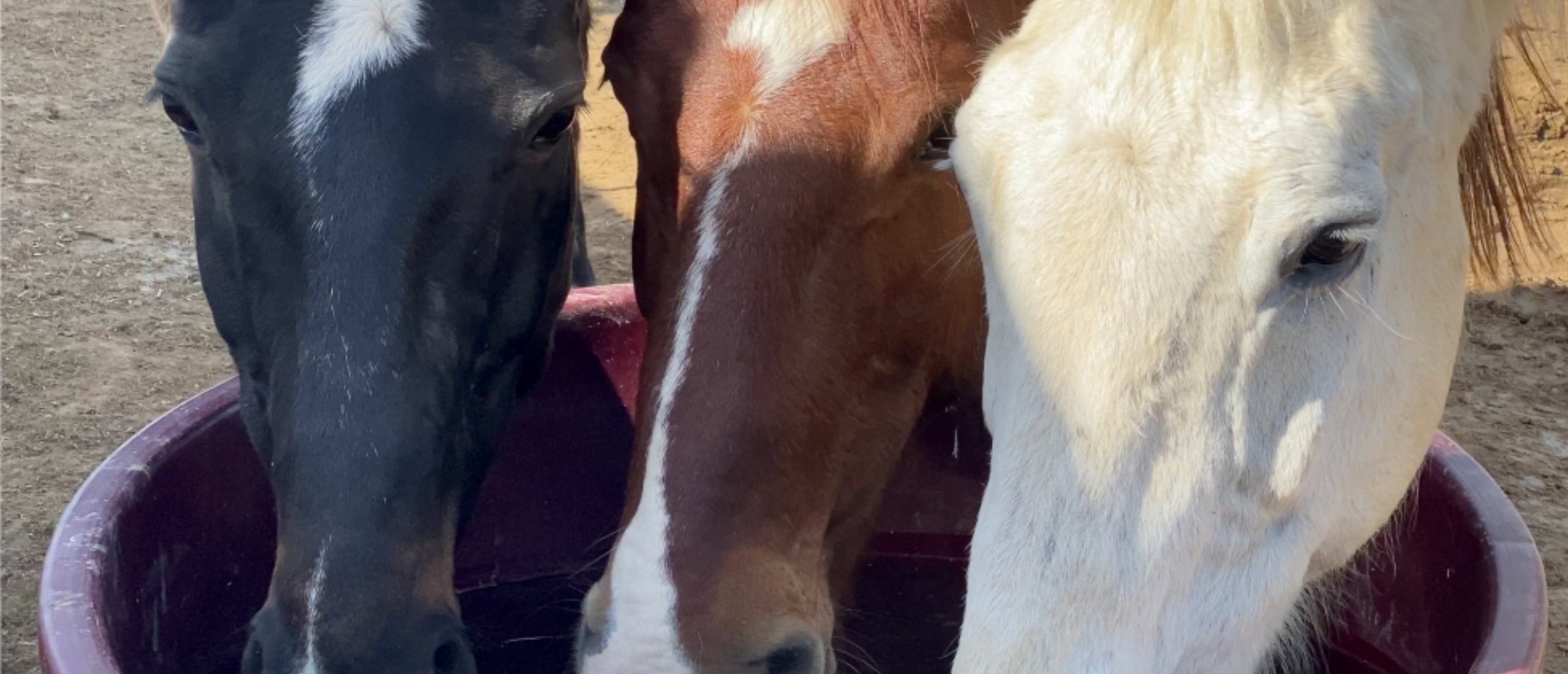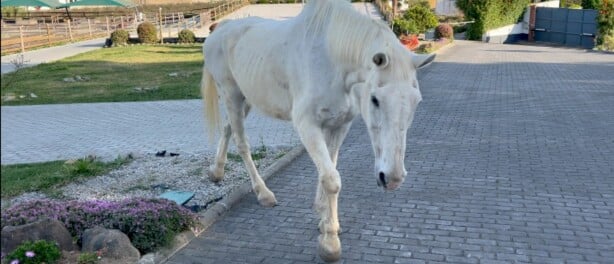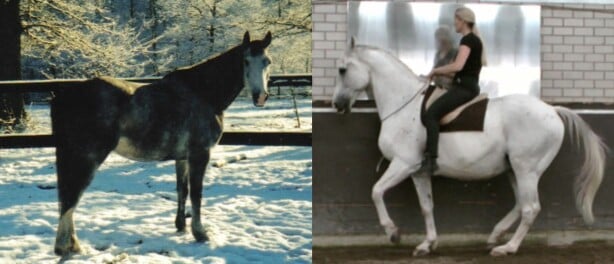A lot of riders school the leg-yield as an exercise and as a regular part of their training programs.
Now in Straightness Training we do teach the horse to yield for the leg of the rider, but we don't use leg-yielding as an exercise, we don't use this particular exercise in our training, and this article will tell you why, but first of all...
What is the 'leg-yield' as an exercise
The leg-yield as an exercise is a lateral movement in which a horse travels both forward and sideways at the same time. The horse has a slight bend opposite to the direction of travel in the leg-yield.
Risks of the 'leg-yield' exercise
The reason why we do not use the leg-yield in Straightness Training is there are risks of creating imbalance involved: 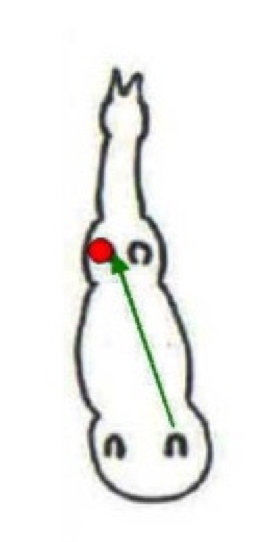
1. Because the horse moves into the opposite direction as the bent, the leg-yield exercise might easily cause the center of mass to shift, and as a result the horse starts to lean on the outside shoulder (as on the picture : it can get the horse tends to fall on the left shoulder).
2. It might stimulate the thrust of the inside hind leg that is diagonally opposite the shoulder (as on the picture: it might encourage the thrust of the right hind leg). In the leg yield there's a risk that the horse pushes himself sideways, rather than carries the leg forward under the center of mass.
3. It might reinforce the horse's natural asymmetry, because a lot of left bended horses (as in the picture) already have the tendency of falling on the left shoulder and pushing with the right hind leg.
4. If the rider focusses too much on the crossing of the legs, it might stimulate too much sideways and lack of forward stepping legs. All four legs should always move forward - no matter what lateral movement - because only then the hind legs can find the center of mass, carry the weight, support the body, not push against it.
The importance of yielding
 Also in ST it's important that a horse learns to yield to the rider's leg, both to the inside leg as to the outside leg, because this a mean to influence horse's hind legs and body - we can move the hindquarters in or out and we can ask the horse to bend around our leg.
Also in ST it's important that a horse learns to yield to the rider's leg, both to the inside leg as to the outside leg, because this a mean to influence horse's hind legs and body - we can move the hindquarters in or out and we can ask the horse to bend around our leg.
In general we want to teach the horse to yield to any kind of 'pressure', or - if you don't like this word - any kind of 'touch', 'aids' or 'guidance'.
And when applying this touch/aid/guidance/pressure with our leg, rein, whip, seat, the moment of release is even more important.
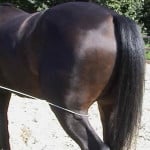 Therefore in ST we devide this into a four step process, 2 steps for the rider, 2 for the horse:
Therefore in ST we devide this into a four step process, 2 steps for the rider, 2 for the horse:
- The rider applies aids/pressure/guidance (places the leg against the horse / closes the hand / touches the body with the whip)
- The horse yields to the pressure (of the leg / hand / whip)
- The rider gives a release (removes the leg, whip / opens the hand / relaxes the seat)
- The horse remains the posture, position, direction, gait, because he realises that THAT is the desired behavior, the pressure goes away because he found 'the right answer', that's how horses learn, that's when they start to take responsibility for the performance
Now a pitfall of riders is to apply too long or too much pressure, or not giving a release at all. Then the horse's mind stops thinking about finding the release, finding the 'answer', they stop thinking about the exercise, his mind gets only occupied with: how can avoid the pressure, or how can I turn against it.
This way the horse doesn't learn anything.
Therefore we strive in ST for short guidance with our 'aids' and to release early/quickly/often/long.
Because the pressure guides the horse into the right direction and the release makes clear to the horse that he did the right thing.
How to teach a horse to yield for the rider's leg?
As said before, also in ST it's important that a horse learns to yield to the rider's leg. Now to avoid the pitfalls of the exercise 'leg-yield', we use a selection of other exercises to teach a horse to yield for the leg:
1. Before we start riding a horse we first teach him all aids - one by one - and all the exercises - one by one - from the ground. We start with groundwork to not confuse a horse with all the possible combinations of seat/leg/rein aids. Once the horse learned all necessary basic skills and exercises, a rider starts to take over the aids from the ground.
2. Then we teach the horse to increase and decrease the circle from a request from the leg of the rider. So with pressure of our inside leg - in combination with the inside rein - we can make the circle bigger - the horse yields to the pressure of the inside leg and as a result the circle gets bigger. With pressure of our outside leg - in combination with the outside rein - we can make the circle smaller - the horse yields to the pressure of the outside leg and as a result the circle gets smaller. A combination of inside leg/inside rein or outside leg/outside rein we call 'lateral' aids in ST.
3. Then we use the shoulder-in to teach the horse to yield for the rider's inside hind leg in combination with the outside rein. The combination of inside leg/outside rein we call 'versal aids' in ST.
4. Then we use the haunches-in and renvers to teach the horse to yield for the rider's outside hind leg in combination with the inside rein. The combination of outside leg/inside rein we call 'traversal aids' in ST.
5. Finally we combine these movements in the half-pass, which is a good exercise to avoid that the horse move sideways on the diagonal and to make sure the horse keeps moving all four legs forward.
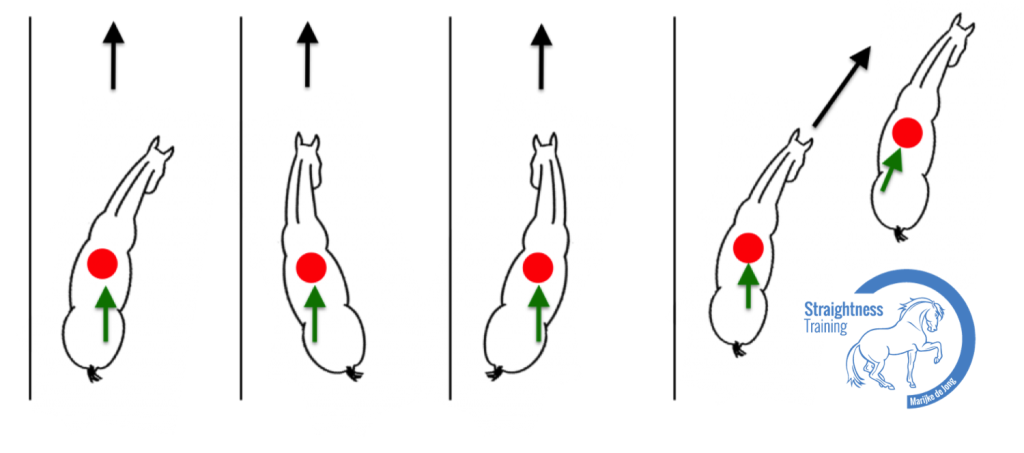 ..............From left to right: shoulder-in | haunches-in | renvers | half pass
..............From left to right: shoulder-in | haunches-in | renvers | half pass
The half pass as alternative for the leg-yield exercise
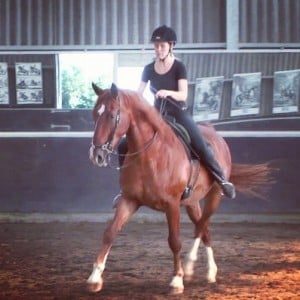 The half-pass is a lateral movement in which a horse also travels both forward and sideways at the same time, as in the leg-yield exercise.
The half-pass is a lateral movement in which a horse also travels both forward and sideways at the same time, as in the leg-yield exercise.
And the horse also has a slight bend, but unlike the leg-yield, the horse is bent in the direction of travel, slightly around the rider's inside leg.
The essential advantage of the half pass is, that this exercise makes sure that both hind legs connect to the center of mass, to provide the shoulders to move more freely, and this exercise prevents the horse from 'pushing' and 'falling'.
Click HERE for more information about the Lateral Movements >>

